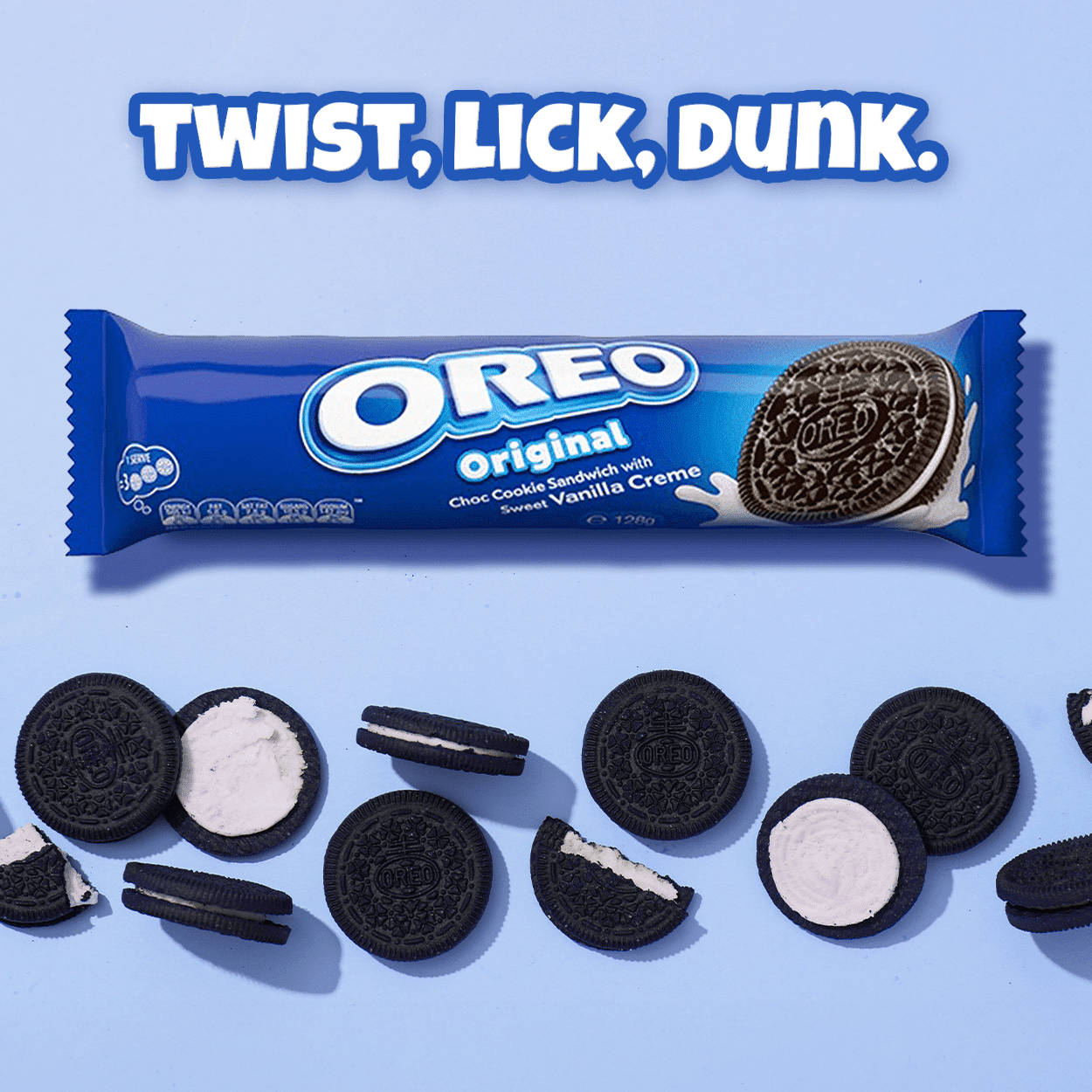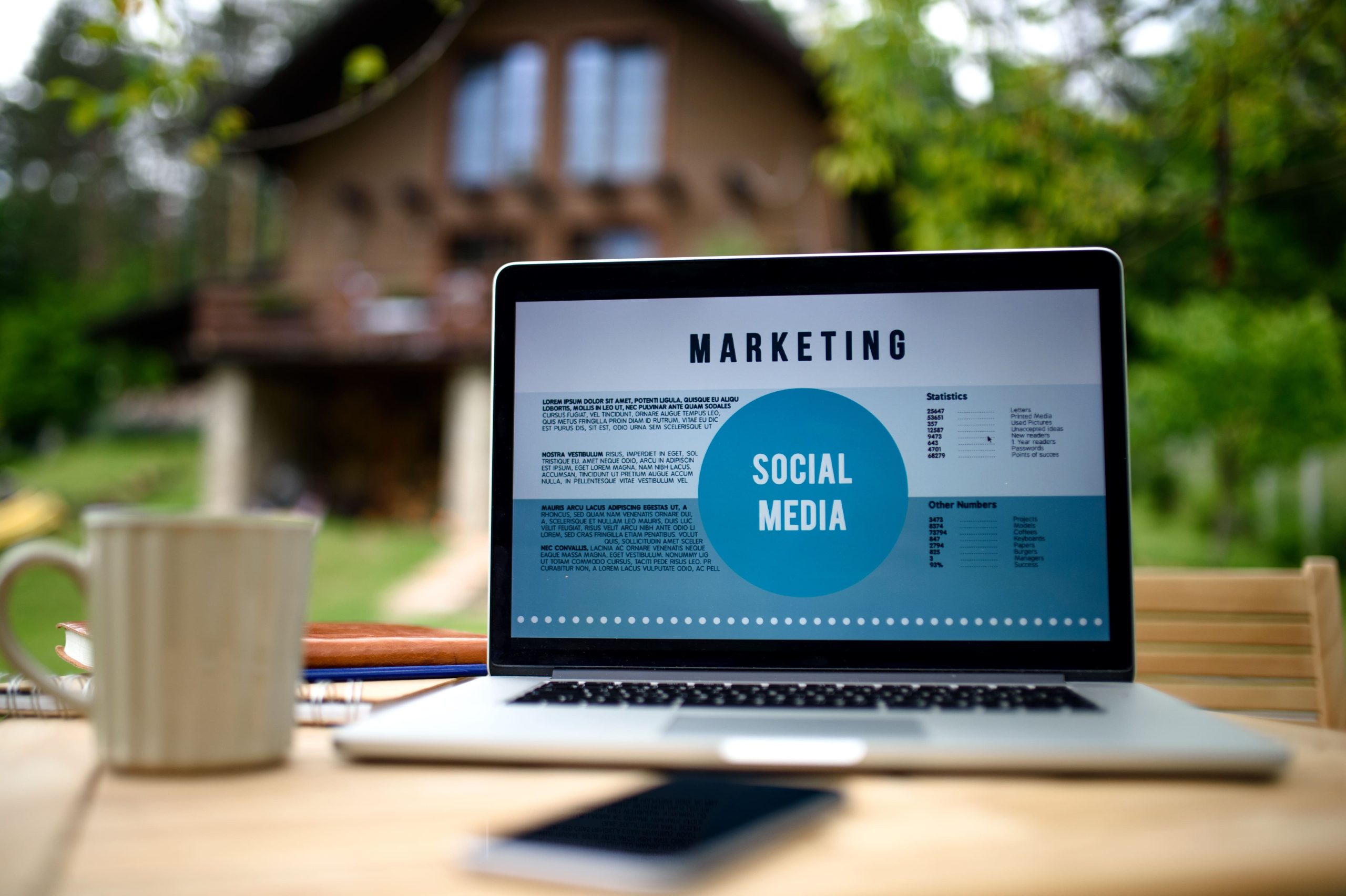What is Brand Activation?
Brand activation and marketing activation go beyond basic advertising. They use direct engagement to form real connections between brands and consumers. They invite people to interact through experiential events, digital campaigns, influencer partnerships, or in-store experiences. These efforts turn passive audiences into active participants. A well-planned activation strategy ensures your brand is not just seen, but remembered.
Why is Brand Activation Important?
In today’s crowded marketplace, standing out requires more than just promotion—it demands interaction. Branc activation campaigns bridge the gap between awareness and action, delivering measurable impact through:
- Immediate consumer engagement – Encourages hands-on interaction with your brand.
- Emotional brand connections – Fosters long-term loyalty beyond a single purchase.
- Higher visibility and organic reach – Creates buzz through word-of-mouth and social sharing.
- Stronger sales and conversions – Well-executed activations lead to higher purchase intent and customer retention.
If your brand isn’t leveraging brand activation campaigns, you’re missing out on a powerful strategy that drives real results.
Types of Marketing Activations
Common types include:
1. Experiential Marketing
Experiential activation creates immersive, real-world interactions that allow consumers to engage directly with a brand. Live events, pop-up shops, and interactive installations create memorable experiences that drive loyalty and brand advocacy.
2. Digital Brand Activation
With online engagement more critical than ever, brands use digital activations such as interactive social media campaigns, gamified experiences, and AR/VR activations to engage consumers wherever they are. A digital activation extends reach beyond physical locations and taps into data-driven strategies for personalization.
3. Influencer Partnerships
Influencers help amplify activation efforts by creating authentic content that resonates with their audience. Partnering with trusted figures increases brand credibility and drives engagement in a more organic way than traditional advertising.
4. In-Store Brand Activation
Physical retail spaces provide an opportunity for hands-on activation experiences. Product sampling, demonstrations, and interactive displays enhance the customer journey, making the brand experience more engaging and memorable.
Branding Activation Strategies by Industry
- Retail: In-store activations, pop-up shops, interactive product demos.
- Food & Beverage: Sampling campaigns, social media-driven product launches.
- Tech & SaaS: Virtual experiences, product beta testing, interactive live demos.
- Beauty & Fashion: Influencer events, exclusive product drops, social media challenges.
How to Create a Successful Brand Activation Strategy
To ensure your brand activation is successful, follow these key steps:
-
- Identify Your Audience – Understand who your customers are and what motivates them to engage with your brand.
- Set Clear Objectives – Define what you want to achieve, such as increased brand awareness, engagement, or sales.
- Choose the Right Activation Type – Select a method that aligns with your brand and appeals to your target audience.
- Create Engaging Content – Develop compelling messages, visuals, and interactive elements that capture attention.
- Promote the Activation – Use social media, email marketing, influencers, and paid ads to generate buzz.
- Measure Results – Track engagement, conversions, and other key performance indicators to analyze the impact of your activation.
Brand Activation Examples
Coca-Cola – “Share a Coke” Campaign
Coca-Cola printed popular names on bottles, making their product personal. This activation encouraged consumers to find and share their bottles on social media, leading to massive engagement and viral success.
Nike – “Air Max Day” & “Dream Crazier”
Nike creates buzz through experiential marketing. “Air Max Day” invites sneakerheads to celebrate its iconic shoe, while “Dream Crazier” empowers female athletes, strengthening emotional connections with the brand.
Starbucks – “Unicorn Frappuccino”
Starbucks leveraged social media by launching a visually stunning, limited-edition drink. The campaign encouraged user-generated content, skyrocketing engagement and foot traffic.
Amazon – “Treasure Truck”
Amazon brought branding activation to life by offering exclusive deals via a mobile pop-up truck, creating urgency and customer excitement.
Frequently Asked Questions
What is brand activation? Brand activation is the process of engaging consumers directly through experiences, campaigns, or events that create a strong brand connection.
How is branding activation different from traditional marketing? Traditional marketing builds awareness over time, while brand activation creates direct engagement with customers in an interactive way.
What are examples of successful brand activations? Some well-known activations include Coca-Cola’s “Share a Coke” campaign, Nike’s Air Max Day, and Starbucks’ Unicorn Frappuccino.
Emerging Trends in Brand Activation
Staying ahead of industry trends can give your brand a competitive edge. Current developments in activation include:
Sustainability Initiatives: Consumers are increasingly valuing eco-friendly practices. Brands incorporating sustainability into their activations resonate more with environmentally conscious audiences.
Integration of Augmented Reality (AR): Utilizing AR technology creates immersive experiences, allowing consumers to interact with products in a virtual space, enhancing engagement.
Personalization Through Data: Leveraging consumer data to tailor experiences ensures that activations meet individual preferences, fostering a deeper connection.
Common Challenges in Brand Activation and How to Overcome Them
Understanding potential obstacles can help in planning effective strategies. Common challenges include:
Measuring Return on Investment (ROI): Quantifying the success of activations can be complex. Implementing clear metrics and using analytics tools can provide better insights.
Ensuring Authentic Engagement: Consumers are wary of inauthentic interactions. Prioritizing genuine, value-driven engagements over purely promotional tactics builds trust.
Resource Allocation: Activations can be resource-intensive. Careful planning and budgeting, along with leveraging digital platforms, can optimize resource use.
Future Outlook of Brand Activation
The landscape of brand activation is continually evolving. Anticipated future trends include:
Increased Use of Virtual Events: With advancements in technology, virtual events are becoming more sophisticated, offering expansive reach and interactive elements.
Greater Emphasis on Community Building: Brands are focusing on creating communities around their products, fostering loyalty through shared values and experiences.
Adoption of Artificial Intelligence (AI): AI can personalize activations at scale, analyzing consumer behavior to deliver tailored experiences.
Measuring the Impact of Brand Activation
To ensure your brand activation efforts are successful, track key performance indicators (KPIs) such as:
- Engagement Levels – Monitor social media interactions, event participation, and digital engagement.
- Sales Figures – Assess any increases in purchases during and after the activation.
- Brand Awareness – Use surveys, social media metrics, and website traffic analysis to measure brand recognition.
- Return on Investment (ROI) – Compare activation costs to revenue generated to determine profitability.
A well-executed activation strategy builds lasting consumer relationships and enhances brand loyalty. If your brand isn’t actively engaging its audience, you’re leaving valuable opportunities on the table.
Final Thoughts:
If your brand isn’t actively engaging customers, it’s getting lost in the noise. A strategic brand activations plan ensures your audience not only recognizes your brand but actively connects with it.
At Cool Nerds Marketing, we develop brand activation strategies that cut through the clutter and make an impact. Ready to turn your brand into an experience? Let’s make it happen.



